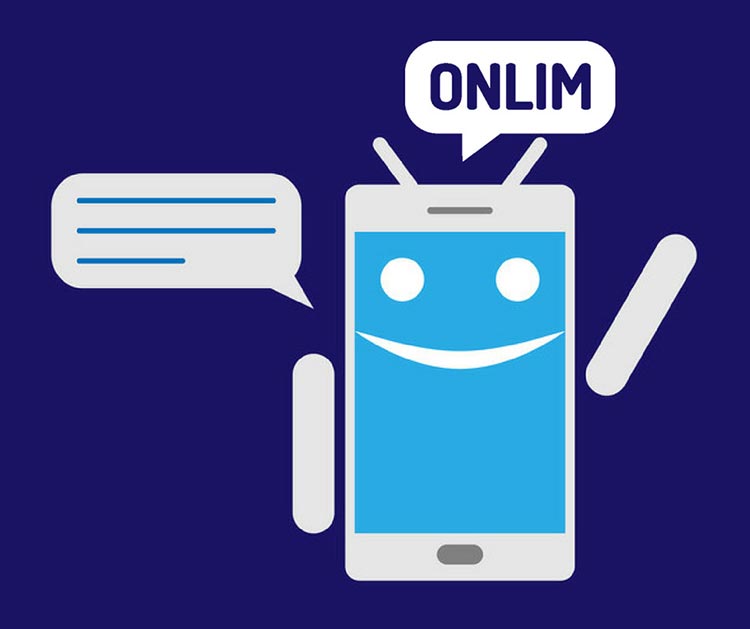Why Do Businesses Need Multichannel Customer Service?
Communication channels in the digital age are growing day by day. In addition to traditional ways such as a letter, telephone or e-mail, social media, chatbots or messenger services are part of numerous other communication channels that can be used not only privately but also by companies.
In addition, customer expectations are growing as more services become available in the digital world. Individual support and a timely response to their inquiries are already taken for granted.
With all these countless channels and the changing demands, it is easy to lose track. In this article, we’ll look at how companies can use different channels, what current communication habits the customers have, and why companies should use a customer service that connects all channels.
Download our free e-book to learn everything you need to know about chatbots for your business.
Multi-, Cross- or Omnichannel?
First, we take a look at the terms multi-, cross- and omnichannel. Although these refer to similar concepts, they each have a different focus and differ in how communication channels are connected to each other.
- Multichannel: A company is active on several channels. However, the channels are not connected. They exist separately. An example of this would be a company that offers products both on Amazon and in a local store. Two channels are used, but they have no points of contact.
- Cross-channel: With the cross-channel approach, a connection between the different channels exists. For example, there is often a Click & Collect option to order at home on the computer and then pick up the order at the store.
- Omnichannel: This approach seeks to merge the different channels. The goal is that the channel can be changed by the customer at any time during the sales process. This means, for example, that products that are put in the shopping cart on the desktop PC, can be viewed on the smartphone afterwards. A support request a user makes on the phone can also be continued via chat for example.
With multichannel customer service, companies make the first step towards omnichannel support. For businesses that are still only available through one channel such as phone or email, it’s time to catch up and get up to speed with today’s customers’ expectations.
What do today’s customers want?
Expectations of customer service are now higher than they were even a year ago. Customers expect to receive service across multiple channels and on any device. This study shows, that 59% of respondents have used three or more channels for customer service inquiries. A frictionless, personalized transition between channels and interactions are part of great customer service nowadays.
Moreover, two thirds of customers prefer trying to solve issues on their own first, which makes self-service solutions such as chatbots essential.
Arvato’s CRM Omnichannel Panel 2018 provides a more nuanced view of the preferred communication channels. In this study, the main reasons for using a specific channel are taken into consideration.
It shows that customers choose the channel depending on their demand. For instance, Social media (53 percent), live chat (51 percent) and virtual assistants/chatbots (47 percent) are mainly used when users need a quick response to their questions.
Get weekly updates, tips, and tricks just like that into your inbox.
What is the point of using multichannel customer service?
Companies that want to adapt to the changing customer demands, should therefore already consider how they can achieve this goal strategically. Both customer and company can benefit from doing so:
- Better customer experience: We have already mentioned in the beginning that quick and individual responses to customer requests are becoming increasingly important. With a customer service that covers different channels, these needs can be met.
- Analysis of the Customer Journey: Being able to link different channels allows you to get a better understanding of your customers. You can see at a glance what touchpoints they already had with your business and how you can assist them in their decision-making process.
- Reach new customer segments: The use of new communication channels enables you to reach new customer segments. For example, the current boom of voice assistants offers tremendous potential for companies to engage with new customers.
- Support your customer service team: With the help of a structured multichannel approach, customer service can be supported. For example, chatbots can relieve the customer service of simple, recurring requests and get in touch with the customer immediately. In case an employee will be needed, the chatbot can forward the message.
What are Large Language Models (LLMs)?
March 18th, 2024|
What are chatbots and how do they work?
November 23rd, 2023|
The AI Act and its impact on the use of chatbots
October 27th, 2023|



